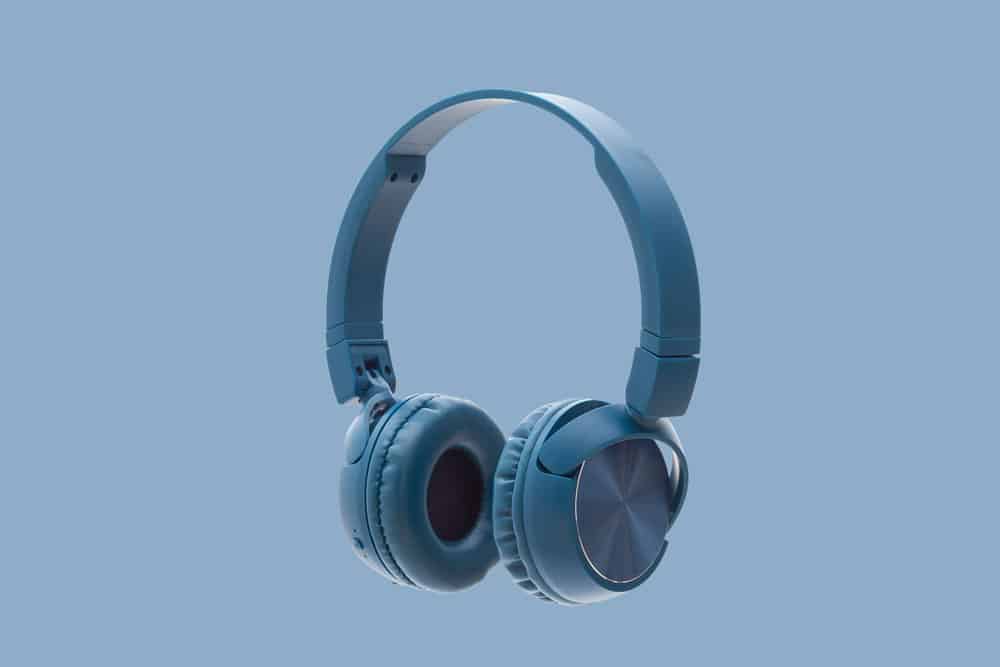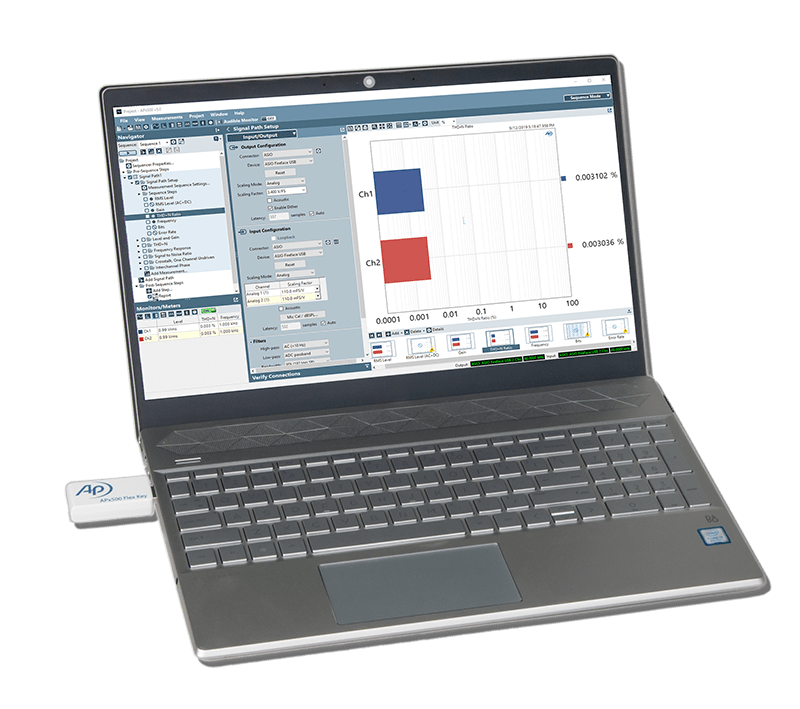Bluetooth®
Bluetooth Audio Testing
As a technology, Bluetooth is effectively a part of everyday life, a fact that reflects its great utility. That flexibility is reflected in the various Bluetooth profiles used in a wide range of consumer devices from headphones and headsets to loudspeakers (smart or otherwise) and even vehicle infotainment systems.

Beyond any complexities involved in the acoustic measurement of these devices, the combinations of Bluetooth profiles and supported codecs introduces an added layer of complexity to the audio test process.
There are four main profiles from an audio measurement perspective:
- Hands Free Profile (HFP) – device as source (Audio Gateway) or sink (Hands Free). Bi-directional audio using CVSD and mSBC (wideband speech) audio codecs.
- Headset Profile (HSP) – device as source (Audio Gateway) or sink (Headset). Bi-directional audio using CVSD and mSBC (wideband speech) audio codecs.
- Advanced Audio Distribution Profile (A2DP) – device as source or sink. High-quality stereo audio using one of a selection of audio codecs.
- Audio Video Remote Control Profile (AVRCP) – device as source (Target) or sink (Controller). AVRCP supports A2DP with transport controls, delay compensation and absolute volume settings.
SOURCE AND SINK
An audio device being evaluated may need to be tested for multiple profiles and, potentially, as both source and sink for each profile. This means any measurement system must support the same profiles as both source and sink, along with the various codecs in use by the device.
The function of a codec is to encode audio at the source and decode it at the sink. This means reducing the data rate in the process but doing it as transparently as possible, since the performance of different codecs can affect perceived audio quality. No codec is linear and therefore will always degrade measured performance as compared to a linear device. As such, unexpected harmonics, noise, or other unusual artifacts may be seen when analyzing measurement signals through codecs.
Regardless of profile selected, a Bluetooth device is constantly transmitting and receiving radio signals. When sending audio, the device functions as an audio source; when receiving audio, the device functions as an audio sink. When testing a Bluetooth speaker, for example, an audio test system’s output would be configured as a Bluetooth source, and its input would be configured as analog, connected to a microphone that picks up the speaker’s acoustic output. When testing a microphone (as found in a Bluetooth headset), the audio test system’s output would be configured as analog to drive a loudspeaker to acoustically stimulate the microphone, and the instrument’s input would be configured as a Bluetooth sink.
